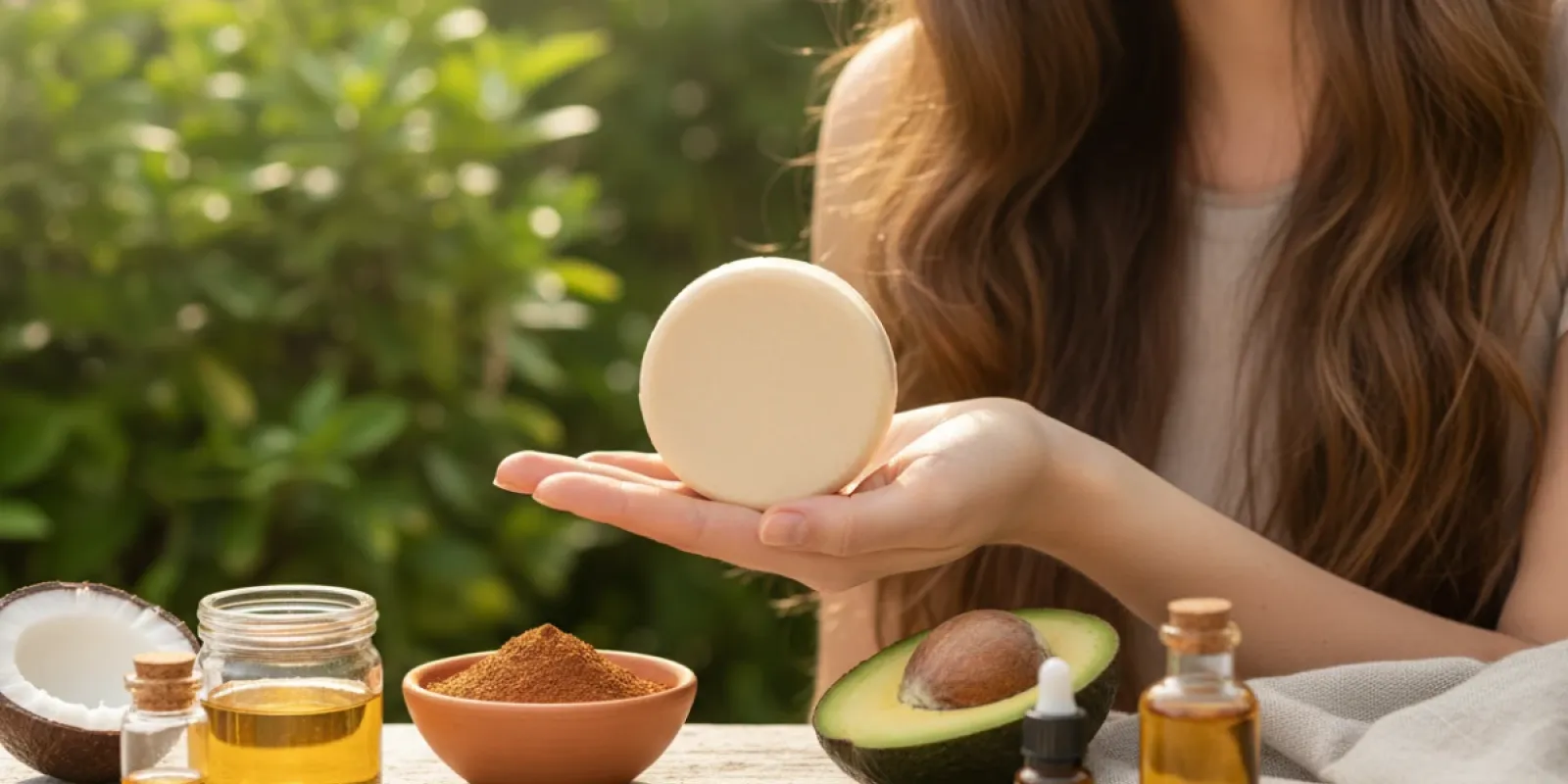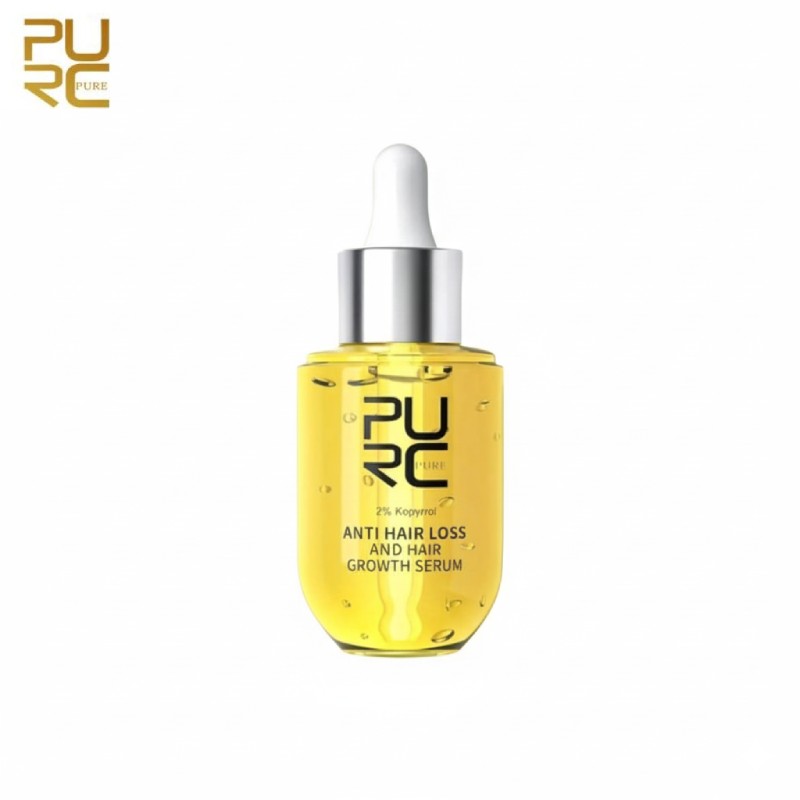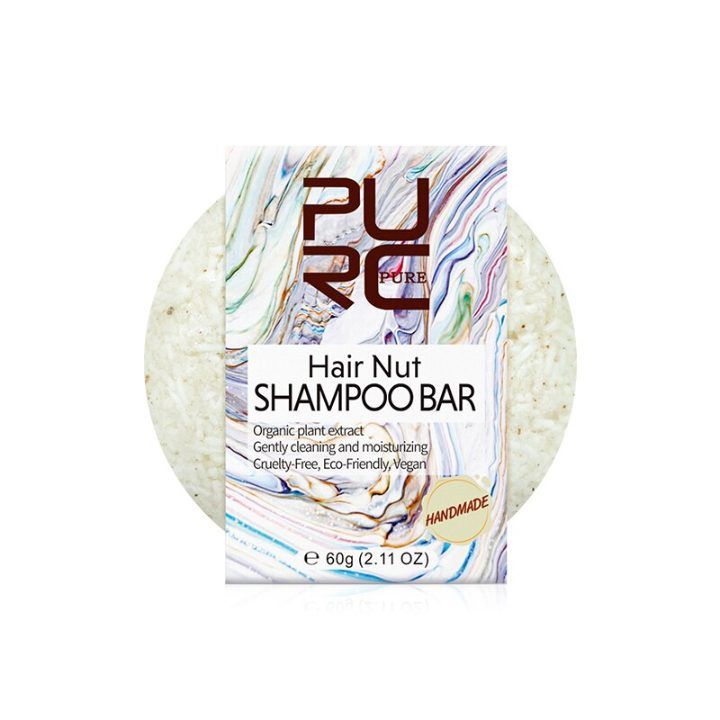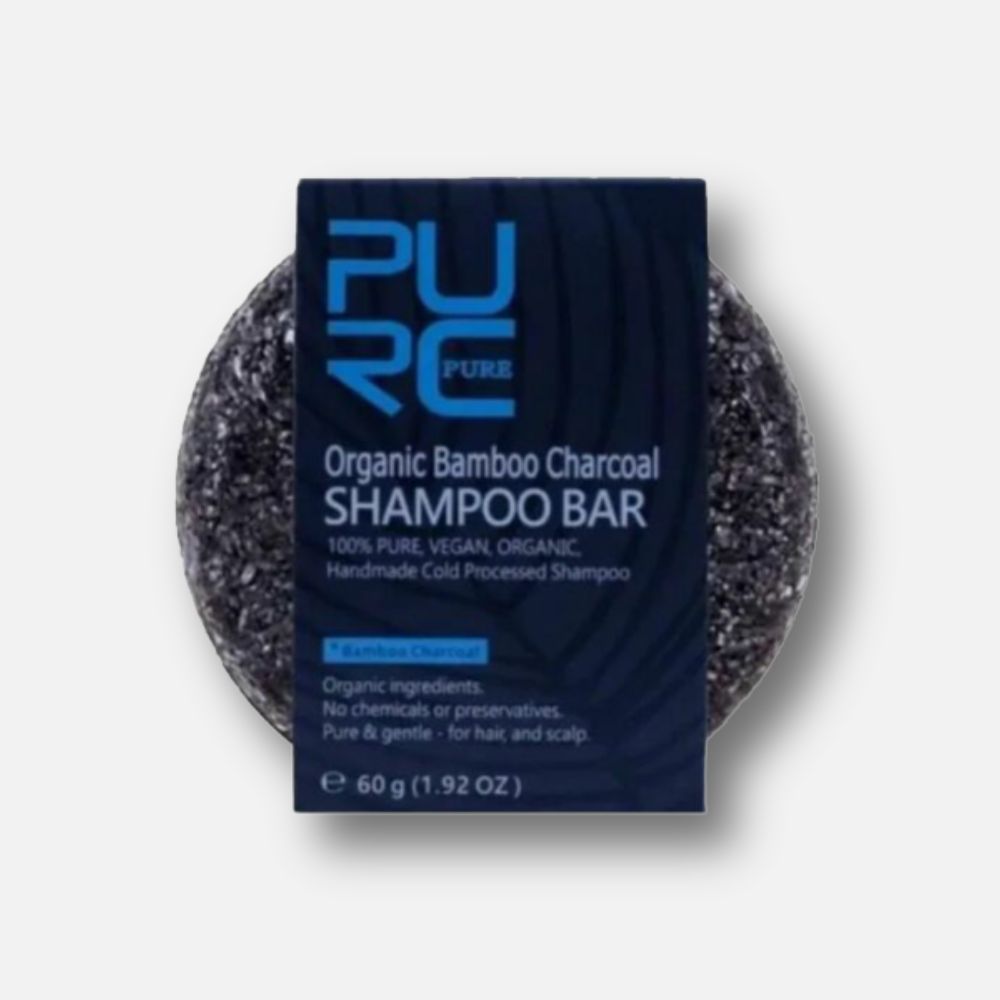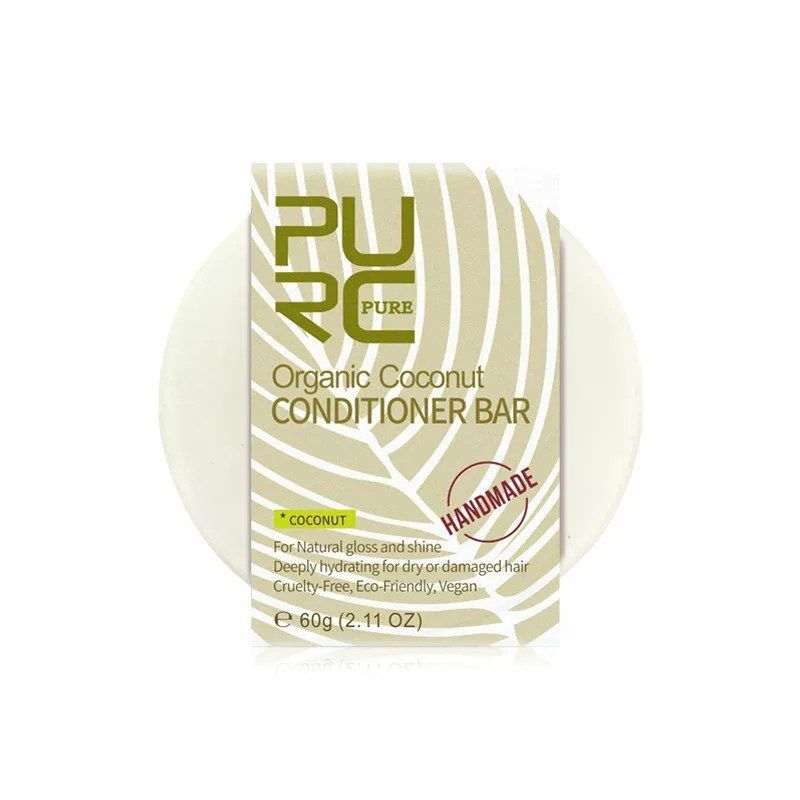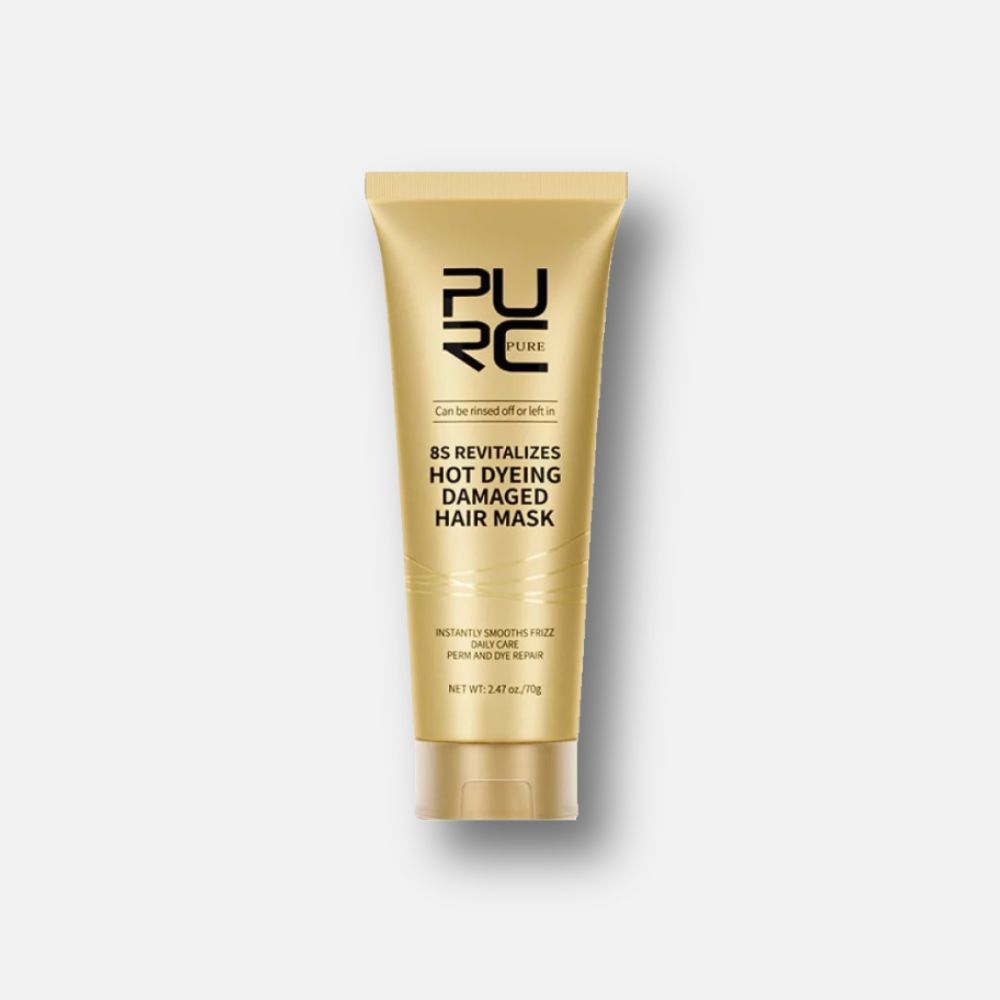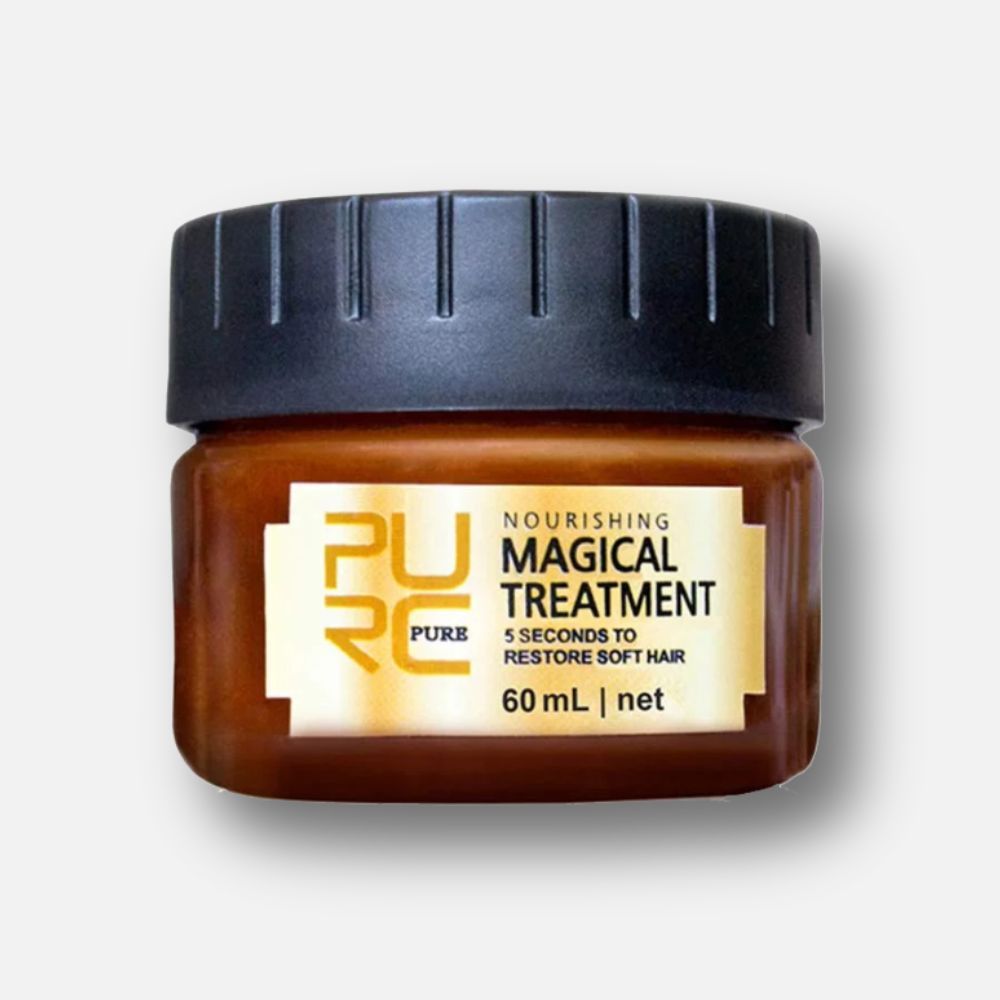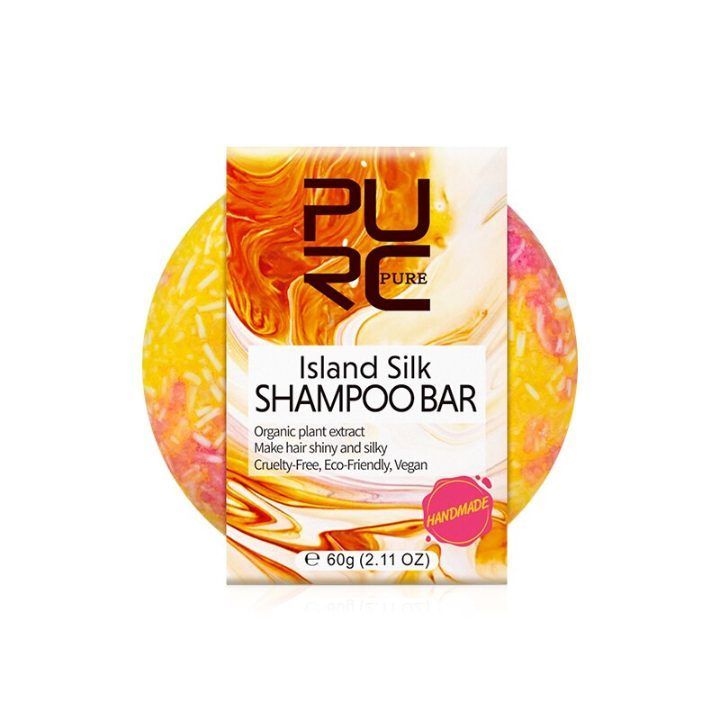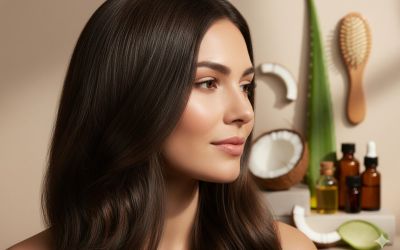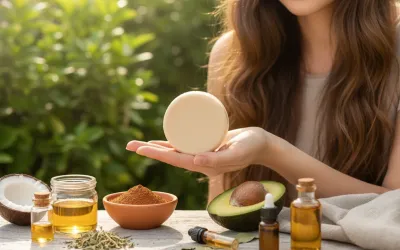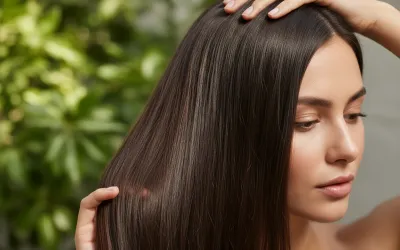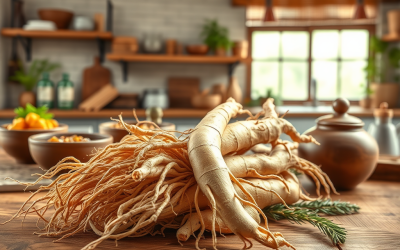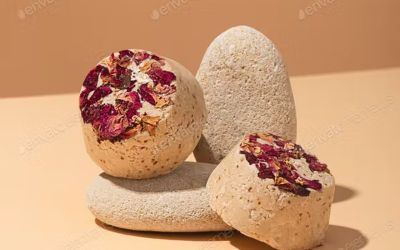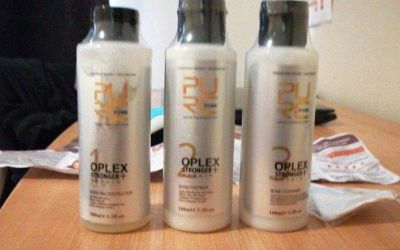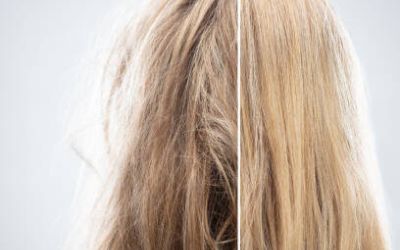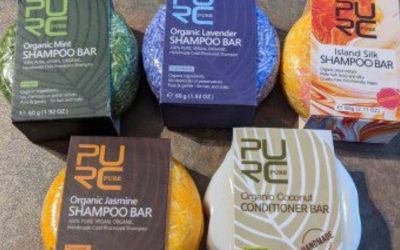Shampoo bars are a natural, low-waste alternative to traditional bottled shampoos. They cleanse gently, reduce packaging waste, and allow you to customize ingredients for every hair type. In this guide, you’ll find ten easy-to-make homemade shampoo bar recipes, complete with ingredient tips, step-by-step instructions, and helpful notes on storage and care.
Important editorial note: I have standardized these recipes around the surfactant-based melt method using Sodium Cocoyl Isethionate (SCI) as the primary surfactant. This is the industry-common approach for mild, effective shampoo bars that do not require household lye handling. If you prefer cold-process soap shampoo bars (which do require sodium hydroxide), I can convert recipes and include full safety and lye-calculation guidance, but for retail and general DIY audiences, surfactant bars are preferred for gentleness, predictability, and compliance.
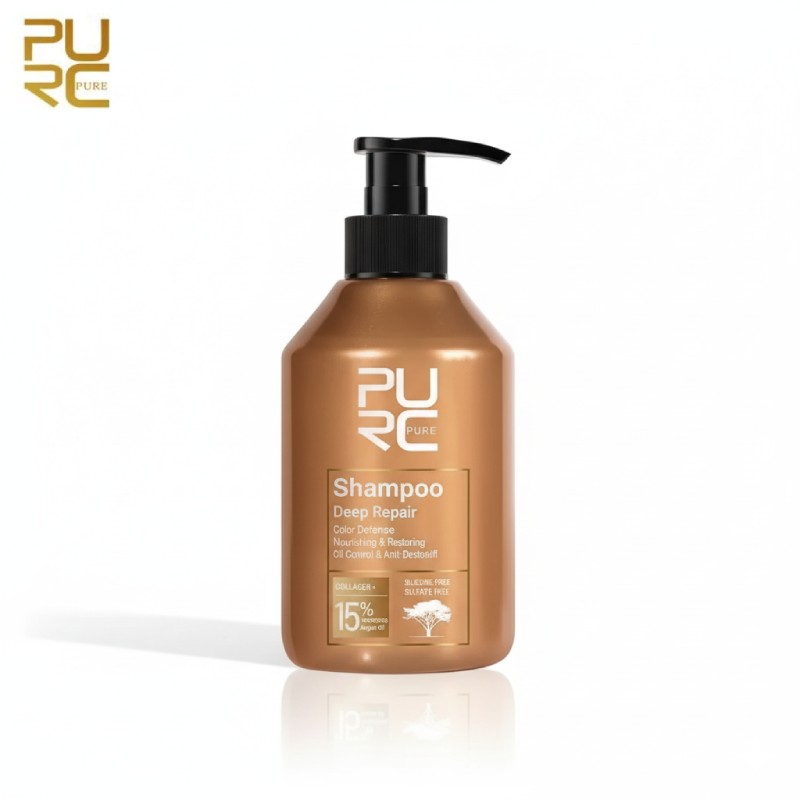
Morocco Argan Oil Shampoo
PURC Morocco Argan Oil Shampoo gently cleanses and nourishes all hair types, strengthening roots and repairing damage. Infused with Argan Oil, Biotin, and Ginger Extract, it reduces breakage, restores shine, and leaves hair soft, healthy, and revitalized.
Net: 300ml
Quick Overview at a Glance
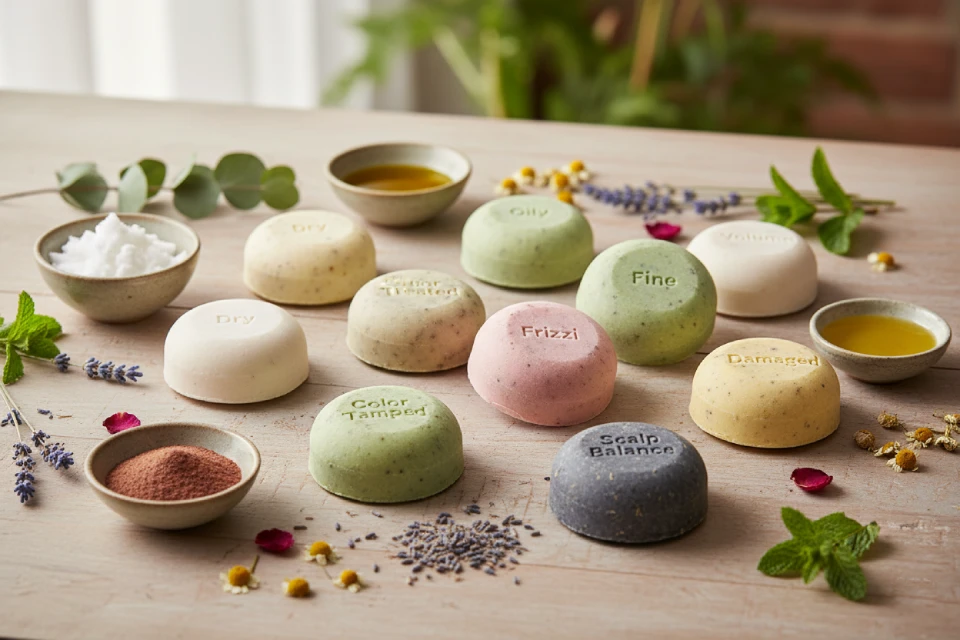
A simple summary of what you’ll find in this guide: from core ingredients to 10 easy, natural shampoo bar recipes for every hair type.
| Hair type | Key conditioning oil | Signature essential oil | Best for |
|---|---|---|---|
| Dry | Coconut oil | Ylang-Ylang | Deep hydration |
| Oily | Jojoba oil | Tea Tree | Sebum balance |
| Thinning / Hair loss | Avocado oil | Peppermint | Scalp stimulation |
| Curly | Broccoli seed oil | Ylang-Ylang | Definition & slip |
| Curly / Frizzy | Sapote oil | Ylang-Ylang | Frizz control |
| Fine | Grapeseed oil | Lemongrass | Lightweight volume |
| Dull | Borage oil | Ylang-Ylang | Shine & elasticity |
| Damaged | Borage oil | Sandalwood | Repair support |
| Dandruff | Chaulmoogra oil | Cade | Antifungal support* |
| Sensitive / Eczema or Psoriasis | Chaulmoogra oil | Rosewood | Soothing & gentle |
*Always encourage customers with medical scalp conditions to consult a dermatologist before use.
Core ingredients & what they do
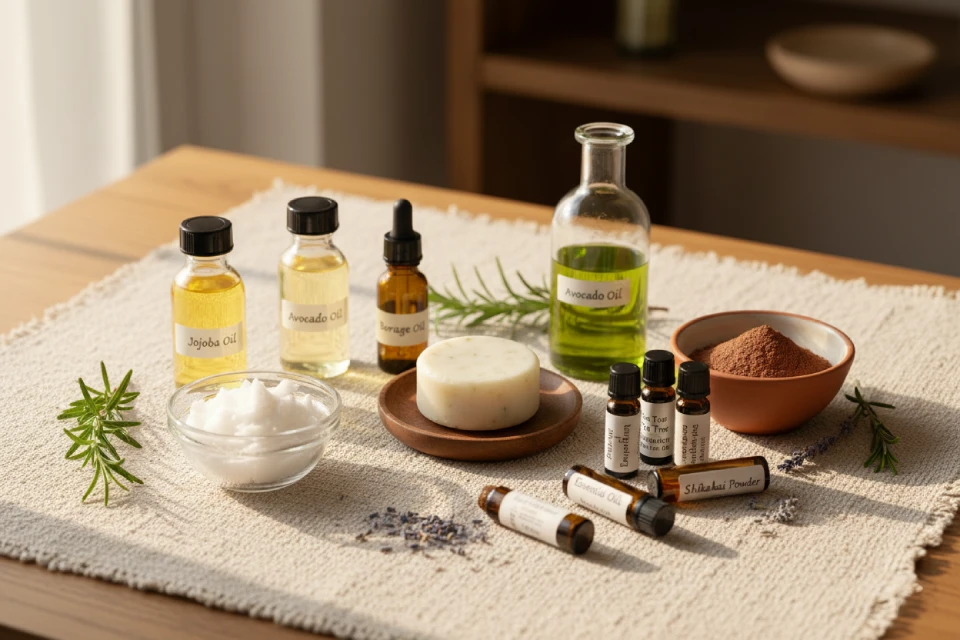
| Ingredient | Role |
|---|---|
| SCI (Sodium Cocoyl Isethionate) | Primary mild surfactant — produces stable lather, gentle cleansing, biodegradable. |
| Vegetable oils (coconut, jojoba, avocado, etc.) | Conditioning, nourishment, shine, depending on fatty acid profile. |
| Shikakai powder | Traditional botanical used for gentle cleansing and improving shine. |
| Essential oils | Fragrance plus targeted scalp benefits (antimicrobial, circulation). |
| Glycerin or water | Low levels for processing; glycerin adds humectancy. |
| Powders (herbal powders, clays) | Add texture, detox action, and targeted benefits. |
Equipment & safety (must include)
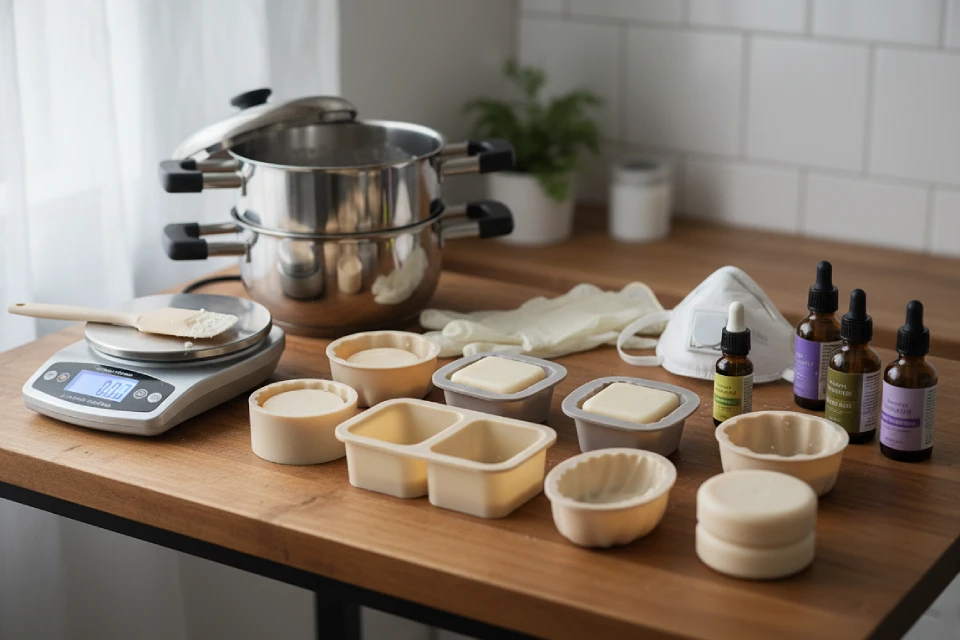
- Accurate digital scale (±0.1 g)
- Double boiler or heat-resistant bowl and pot
- Silicone molds (soap molds) or pressed bar molds
- Spatula, thermometer, gloves, dust mask (when handling powders)
- pH strips (optional) and small funnel or pipettes for essential oils
- Ventilated workspace; keep children/pets away
Safety notes
- SCI is a powder/flake – avoid inhaling dust; wear a dust mask.
- Keep essential oil usage conservative (15–20 drops per ~100 g bar is typical). For sensitive skin, lower to 5–10 drops.
- Label allergens (e.g., nut oils) on product pages and packaging.
- If you plan to sell these commercially, follow local cosmetics regulations (ingredient listing, preservative requirements, claims).
Base formulation (scalable, industry-friendly)
Use this base to scale recipes and keep texture consistent.
Typical 100 g bar (example)
- SCI (flake) – 60 g (60%)
- Conditioning oil (single or blend) – 20 g (20%)
- Powder/botanical (Shikakai, clay) – 10 g (10%)
- Liquid (water or glycerin) – 8–9 g (8–9%)
- Essential oil – 0.5–1 g (approx. 10–20 drops depending on oil)
This ratio gives a solid, long-lasting shampoo bar with good lather and conditioning. Scale linearly for larger batches.
How to make surfactant (SCI) shampoo bars
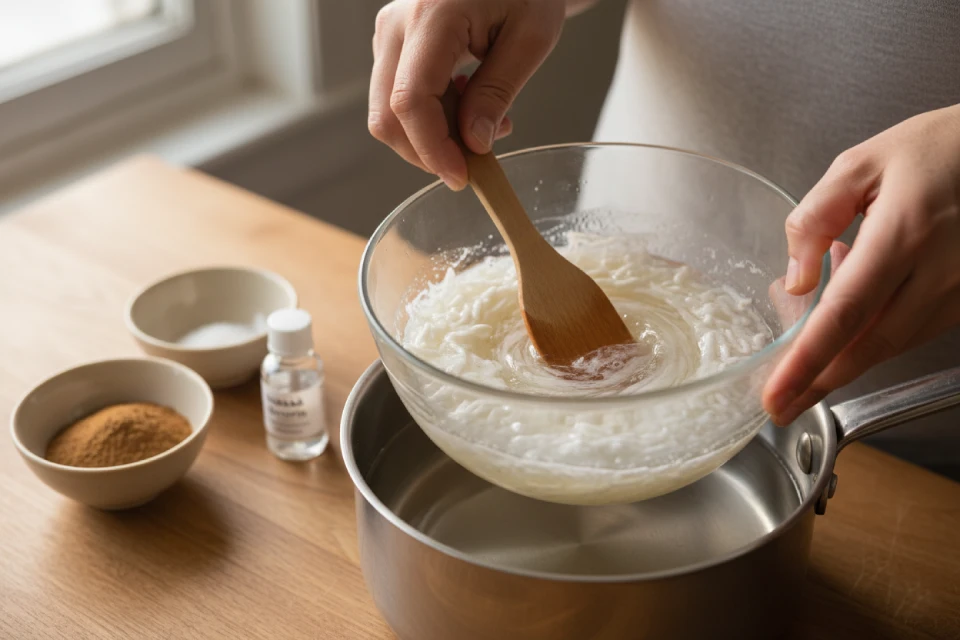
- Measure precisely. Weigh SCI, oils, powders and liquids separately.
- Melting: Place SCI flakes and conditioning oils in a heat-resistant bowl over a gentle double boiler. Use low heat and stir slowly. SCI will soften and partially melt — do not overheat (>70–75°C recommended).
- Add liquid: Add glycerin or the small measured amount of water slowly while stirring to create a paste. (Avoid adding large quantities of water — SCI is water-sensitive.)
- Powders & botanicals: Incorporate Shikakai or other powders, making sure they disperse evenly.
- Cooling stage: Allow mixture to cool slightly (to ~40–50°C). Add essential oils and any heat-sensitive actives, and stir thoroughly.
- Molding & setting: Pack into molds (press firmly). Let bars set at room temperature for 24–48 hours.
- Drying: Unmold and allow bars to dry for 3–14 days before use (longer drying yields firmer bars). Store in a ventilated area.
- Note: Cold-process soap requires saponification with sodium hydroxide (lye) and 4–6 weeks curing; the method above avoids lye entirely and is ideal for safe DIY and small-scale retail.
Note: Cold-process soap requires saponification with sodium hydroxide (lye) and 4–6 weeks curing; the method above avoids lye entirely and is ideal for safe DIY and small-scale retail.
10 Homemade Shampoo Bar Recipes
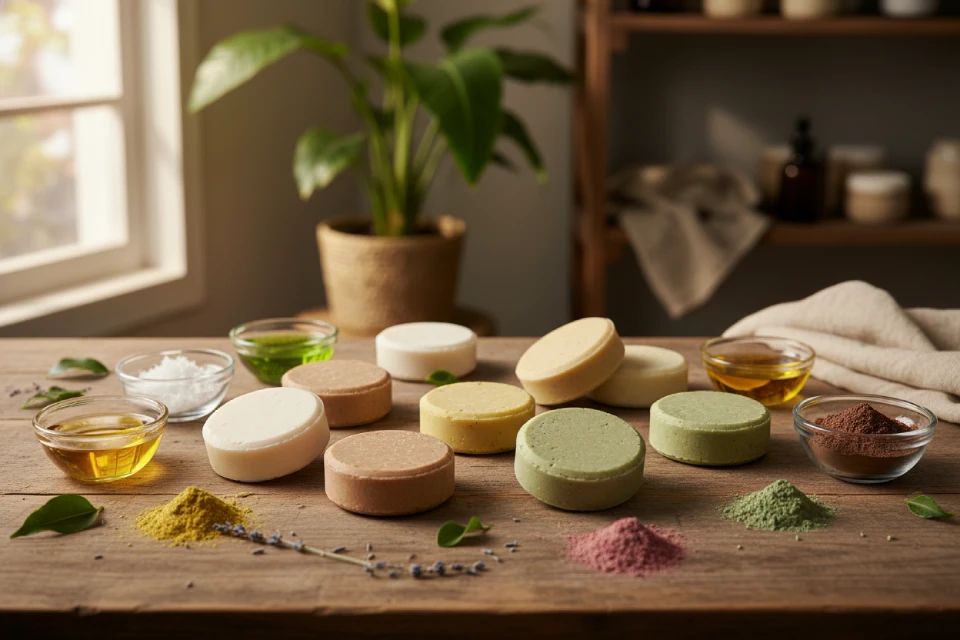
Each of the following DIY shampoo bar recipes is formulated for approximately 100 grams of product. You can easily scale the ingredients proportionally to make larger batches.
Every recipe uses the same balanced foundation:
- 60% Surfactant (SCI) – for gentle cleansing and creamy lather
- 20% Conditioning Oil – to nourish and protect
- 10% Botanical Powder (Shikakai) – for scalp health and shine
- 8–10% Water or Glycerin – to bind and soften the mixture
- 0.5–1% Essential Oils – for fragrance and therapeutic benefits
Pro Tip: Maintain this ratio to ensure the right consistency and performance. Adjust oils or powders slightly depending on hair needs.
1. Shampoo Bar for Dry Hair
Best for: Restoring moisture, softness, and scalp comfort
| Ingredient | Quantity | Function |
|---|---|---|
| Sodium Cocoyl Isethionate (SCI) | 60 g | Mild cleansing surfactant |
| Shikakai Powder | 10 g | Strengthens hair and boosts shine |
| Coconut Oil | 20 g | Deeply hydrates dry, brittle strands |
| Water or Glycerin | 8 g | Helps blend ingredients |
| Ylang-Ylang Essential Oil | 15 drops | Adds shine and floral fragrance |
Why It Works:
Dry hair lacks sebum and elasticity. Coconut oil penetrates deeply to restore softness, while Ylang-Ylang enhances shine and moisture retention.
Directions:
- Melt SCI and coconut oil over a double boiler on low heat.
- Add Shikakai powder and water/glycerin; stir until evenly combined.
- Cool slightly, then blend in Ylang-Ylang oil.
- Pour into molds, press firmly, and allow to set for 24–48 hours.
- Unmold and air-dry for 3–7 days before use.
2. Shampoo Bar for Oily Hair
Best for: Balancing scalp oils and maintaining freshness
| Ingredient | Quantity | Function |
|---|---|---|
| SCI | 60 g | Cleanses without stripping scalp |
| Shikakai Powder | 10 g | Regulates oil and strengthens hair |
| Jojoba Oil | 20 g | Balances natural sebum production |
| Water or Glycerin | 8 g | Helps with consistency |
| Tea Tree Essential Oil | 15 drops | Antimicrobial and purifying |
Why It Works:
Jojoba oil mimics the scalp’s natural oils, preventing overproduction. Tea Tree purifies and keeps the scalp fresh.
Optional Add-On: Add 2–3 g of Kaolin clay for enhanced oil absorption.
3. Shampoo Bar for Hair Loss or Thinning Hair
Best for: Stimulating hair growth and nourishing the scalp
| Ingredient | Quantity | Function |
|---|---|---|
| SCI | 60 g | Mild foaming cleanser |
| Shikakai Powder | 10 g | Promotes hair growth |
| Avocado Oil | 20 g | Strengthens and conditions |
| Water or Glycerin | 8 g | Blending agent |
| Peppermint Essential Oil | 15 drops | Stimulates blood circulation |
Why It Works:
Peppermint oil improves scalp microcirculation, promoting stronger hair follicles, while Avocado oil provides vitamins A, D, and E.
Safety Tip: Peppermint essential oil can cause a cooling sensation. Reduce drops for sensitive scalps.
4. Shampoo Bar for Curly Hair
Best for: Defining curls and enhancing natural bounce
| Ingredient | Quantity | Function |
|---|---|---|
| SCI | 60 g | Gentle, sulfate-free cleansing |
| Shikakai Powder | 10 g | Strengthens curls |
| Broccoli Seed Oil | 20 g | Natural silicone alternative for smoothness |
| Water or Glycerin | 8 g | Moisture binder |
| Ylang-Ylang Essential Oil | 15 drops | Enhances curl texture and aroma |
Why It Works:
Broccoli seed oil coats each strand, adding shine and slip without weighing curls down — ideal for defining and softening curly hair.
Shampoo Bar for Curly or Frizzy Hair
Best for: Reducing frizz while maintaining soft curls
| Ingredient | Quantity | Function |
|---|---|---|
| SCI | 60 g | Cleansing base |
| Shikakai Powder | 10 g | Strengthens hair roots |
| Sapote Oil | 20 g | Deep conditioning and frizz control |
| Water or Glycerin | 8 g | Combines ingredients |
| Ylang-Ylang Essential Oil | 15 drops | Moisturizing fragrance |
Why It Works:
Sapote oil restores manageability and shine to curly or frizzy hair, preventing dryness and tangles.
Pro Tip: Wrap the bar in a muslin cloth during storage to retain fragrance.
6. Shampoo Bar for Fine or Thin Hair
| Ingredient | Quantity | Function |
|---|---|---|
| SCI | 60 g | Lightweight cleanser |
| Shikakai Powder | 10 g | Improves body and texture |
| Grapeseed Oil | 20 g | Non-greasy, volumizing oil |
| Water or Glycerin | 8 g | Helps form consistency |
| Lemongrass Essential Oil | 15 drops | Refreshing scent and scalp toning |
Why It Works:
Lemongrass stimulates the scalp while Grapeseed oil gives lightweight nourishment — ideal for limp or thinning hair.
7. Shampoo Bar for Dull Hair
Best for: Reviving shine and radiance
| Ingredient | Quantity | Function |
|---|---|---|
| SCI | 60 g | Gently cleanses |
| Shikakai Powder | 10 g | Natural gloss enhancer |
| Borage Oil | 20 g | Rich in omega-6 for smoothness |
| Water or Glycerin | 8 g | Moisture balance |
| Ylang-Ylang Essential Oil | 15 drops | Adds floral scent and shine |
Why It Works:
Borage oil nourishes hair shafts, restoring natural luster and smoothness. Regular use enhances elasticity and reduces dullness.
8. Shampoo Bar for Damaged or Chemically Treated Hair
Best for: Repairing and strengthening brittle strands
| Ingredient | Quantity | Function |
|---|---|---|
| SCI | 60 g | Mild cleanser |
| Shikakai Powder | 10 g | Strengthens roots |
| Borage Oil | 20 g | Repairs and restores |
| Water or Glycerin | 8 g | Aids in blending |
| Sandalwood Essential Oil | 15 drops | Soothes and protects |
Why It Works:
Sandalwood essential oil provides a calming aroma and helps repair split ends, while Borage oil replenishes lost fatty acids.
Optional Add-On: Mix in 1–2 g aloe vera powder for extra moisture.
9. Shampoo Bar for Dandruff-Prone Hair
Best for: Reducing flakes and soothing scalp irritation
| Ingredient | Quantity | Function |
|---|---|---|
| SCI | 60 g | Cleanses gently |
| Shikakai Powder | 10 g | Reduces dandruff |
| Chaulmoogra Oil | 20 g | Traditional anti-fungal oil |
| Water or Glycerin | 8 g | Binding agent |
| Cade Essential Oil | 15 drops | Antiseptic and purifying |
Why It Works:
Cade essential oil helps balance the scalp’s microbiome, while Chaulmoogra oil supports healing for dry, flaky scalps.
Caution: Cade oil has a smoky aroma – reduce quantity if scent is too strong.
10. Shampoo Bar for Sensitive Scalp / Eczema / Psoriasis
Best for: Calming inflammation and soothing irritation
| Ingredient | Quantity | Function |
|---|---|---|
| SCI | 60 g | Mild, sulfate-free cleansing |
| Shikakai Powder | 10 g | Gentle natural cleanser |
| Chaulmoogra Oil | 20 g | Known for soothing skin conditions |
| Water or Glycerin | 8 g | Softens mixture |
| Rosewood Essential Oil | 10–15 drops | Calming and aromatic |
Why It Works:
Rosewood’s anti-inflammatory and aromatic properties help soothe sensitive scalps, while Chaulmoogra oil nourishes and protects compromised skin.
Best Practice: For ultra-sensitive users, omit essential oils entirely and use unscented, hypoallergenic formulations.
Key Notes for All Recipes
Shelf Life: 12–18 months (if stored in a cool, dry place)
Curing Time: 24–48 hours for setting; 3–7 days air-dry before first use
Usage:
- Wet hair thoroughly.
- Rub bar between hands or directly on hair to create a rich lather.
- Massage scalp, rinse, and follow with a natural conditioner if needed.
Storage Tip: Keep shampoo bars on a ventilated soap dish to prevent softening between uses.
Substitutions & sourcing
- Grapeseed oil → substitute: fractionated coconut oil or sunflower oil for lighter feel.
- Broccoli seed oil → substitute: silicifying natural oils (e.g., meadowfoam) if unavailable.
- Borage oil → substitute: evening primrose oil or high-linoleic safflower.
- Sapote oil → substitute: avocado or mango seed oil for similar emollience.
- Chaulmogra oil may be harder to source; ensure supplier transparency and label botanical names.
When sourcing, prioritize fair-trade, cold-pressed, organic suppliers for brand alignment. Keep supplier information to meet traceability and transparency.
Curing, storage & usage
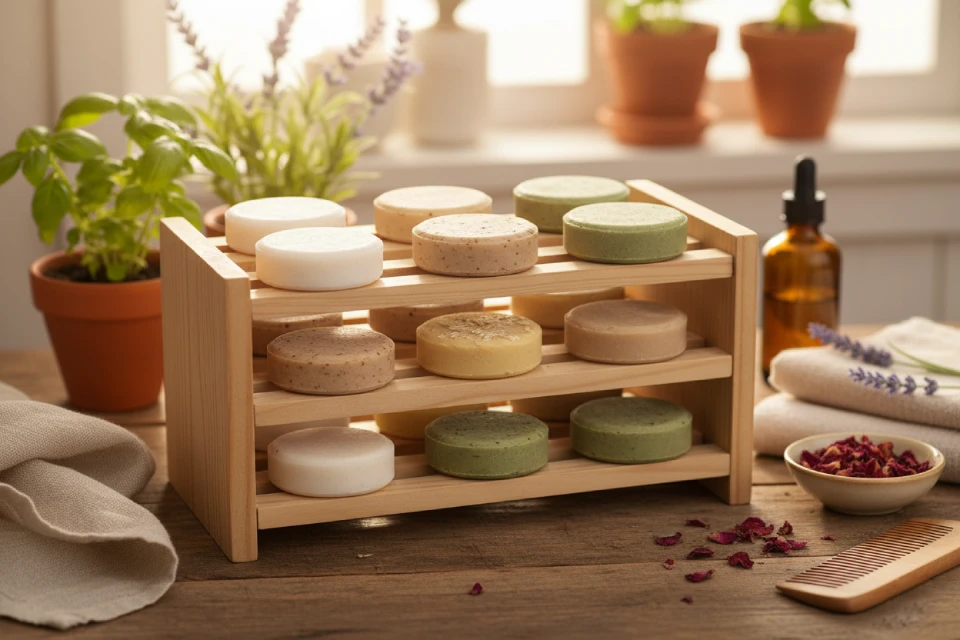
- Setting: 24–48 hours in molds.
- Drying (recommended): 3–14 days to harden — longer for firmer bars.
- Packaging: Ventilated, recyclable boxes or paper wrap to avoid moisture buildup.
- Shelf life: Typically 12–18 months if kept dry and away from heat. Add batch numbers and manufacture date for retail.
- How to use: Wet hair, rub bar between hands or directly on hair to lather, massage scalp, rinse thoroughly.
Troubleshooting
- Bar too soft: Reduce liquid, increase SCI or dry longer.
- Bar crumbly / powdery: Add a small amount more oil or a binder (0.5–1% glycerin).
- Poor lather: Ensure enough SCI; avoid too much oil (oil overload reduces lather).
- Irritation: Lower essential oil percentage; perform a patch test; check for nut allergies.
Cosmetic safety and regulatory notes
- Patch test recommendation for all new formulations.
- Labeling: Always list INCI names and common allergens (e.g., “contains: Cocos Nucifera (Coconut) Oil”).
- Claims: Avoid medical claims (e.g., “cures psoriasis”). Use neutral language such as “helps soothe”.
- For commercial sale: Check local cosmetic regulations (ingredient lists, preservatives, stability testing). Consider a third-party lab for stability and preservative efficacy testing if formulating with water-containing products.
Final Thoughts
Crafting your own shampoo bars is a rewarding way to embrace natural, eco-friendly hair care while tailoring each bar to your unique hair needs. From dry, curly, or damaged hair to sensitive scalps, these DIY formulations provide gentle cleansing, nourishment, and a sustainable alternative to bottled shampoos. Whether you’re exploring homemade options or looking for ready-to-use solutions, our Shampoo Bars collection offers thoughtfully designed, high-quality bars inspired by these same natural principles, making it easy to care for your hair while reducing waste and indulging in the benefits of botanical ingredients.
